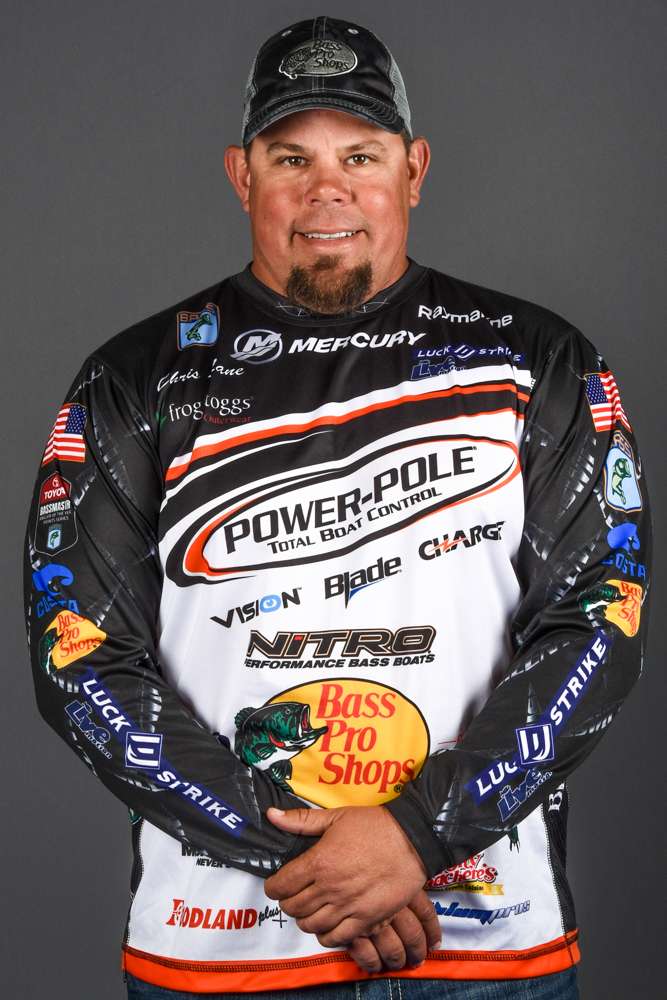I throw my crankbaits on an All Star medium action, moderate tip 7-foot rod. My reel is an Abu Garcia Revo Winch, 5.4:1 gear ratio.
That rod gives me the ability to cast a wide number of weights and sizes and it has enough give to get a good hookset. (You don’t want to set a crankbait hook hard like you do when you’re flipping or pitching.) But it also has enough backbone to handle big fish and to pull them out of heavy cover when necessary. The Revo Winch lets me move my lures along without a lot of work.
As I said last week, my line is generally Stren 10- or 12-pound-test fluorocarbon. There is one exception, however. When I’m fishing with square bills, I’ll switch to a heavier test weight of Stren monofilament. It seems like I get better performance with it, and I’m not concerned about the bigger diameter because I’m not trying to go real deep anyway.
As far as specific models of crankbaits are concerned, there are some industry standards that most recreational anglers are familiar with. They include the Baby 1-Minus for ultra-shallow work; Rick Clunn’s square bill series; the Series 5 designed by Kevin VanDam; and the Fat Free Shad when you want to go real deep.
That’s all well and good but I think you get some advantages from choosing all of your crankbaits from one manufacturer or maker. You get consistency of performance and you can usually get a collection of identically finished baits that’ll cover every depth and every fishing situation.
With that in mind, I make all of my choices from the Luck “E” Strike lineup. They have something for every situation that I encounter, they’re strong and hold up well under brutal conditions and they come with super good hooks. I use most of them out of the box without touching anything on them. As far as I’m concerned, you can’t do any better than what they have to offer.
Regardless of which bait, or baits, you use it’s important to read the directions and talk to other anglers. Make sure you check out stuff on the Internet, too. Those sources of information will keep you up to speed when it comes to what you’re getting and how it’ll perform under different conditions and with different tackle.
Things like actual running depth and performance characteristics at different retrieve speeds are critical to crankbait success. I said early on last week that you can usually catch a few bass on crankbaits no matter where or when you fish. That’s only true, however, if you know what you’re doing and if you’re doing the right things.
These last two columns are what I think matters when you crankbait fish for bass. That doesn’t mean that there aren’t other theories or ideas that are equally valid because there are. The most important thing to keep in mind about all this is to follow the basics and to have confidence in what you’re doing. Don’t make fishing into something that’s overly complicated. It’s supposed to be fun.
Chris Lane’s column appears weekly on Bassmaster.com. You can also find him on Twitter and Facebook or visit his website, www.chrislanefishing.com.





